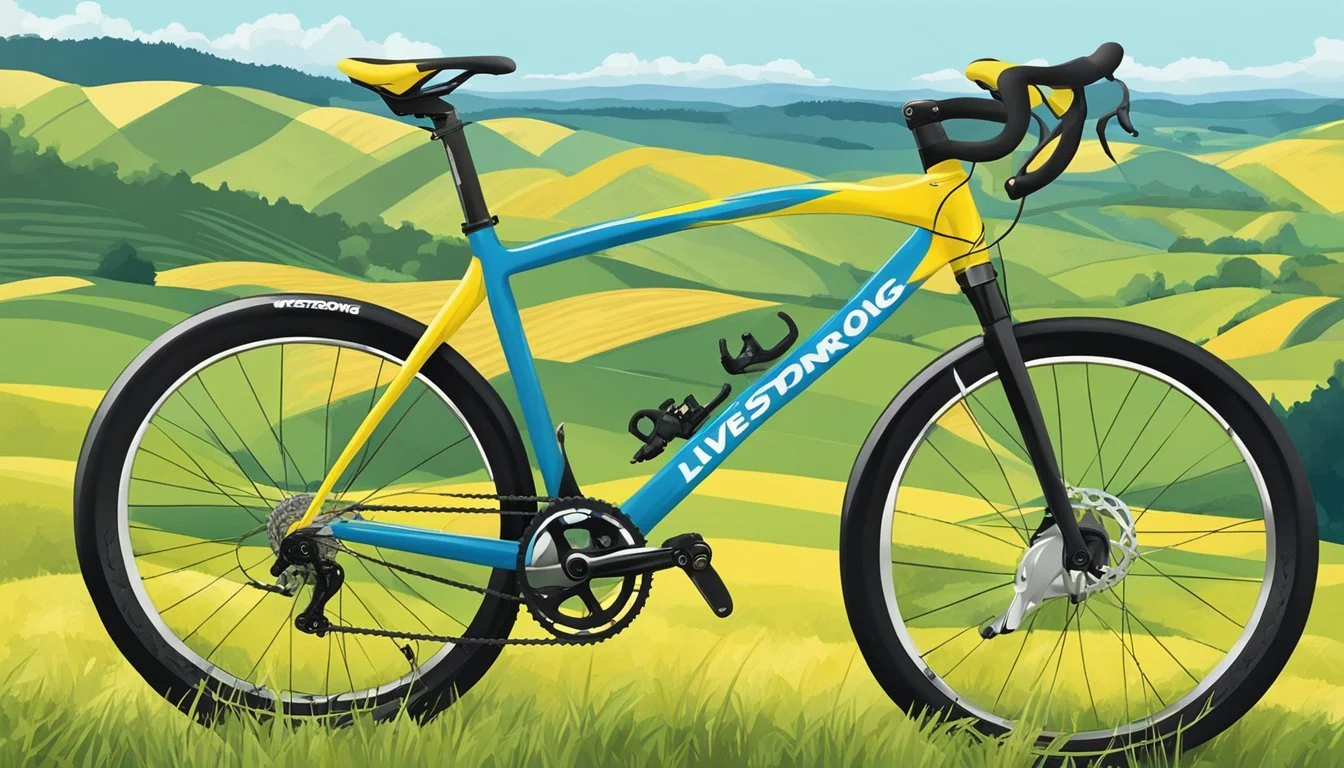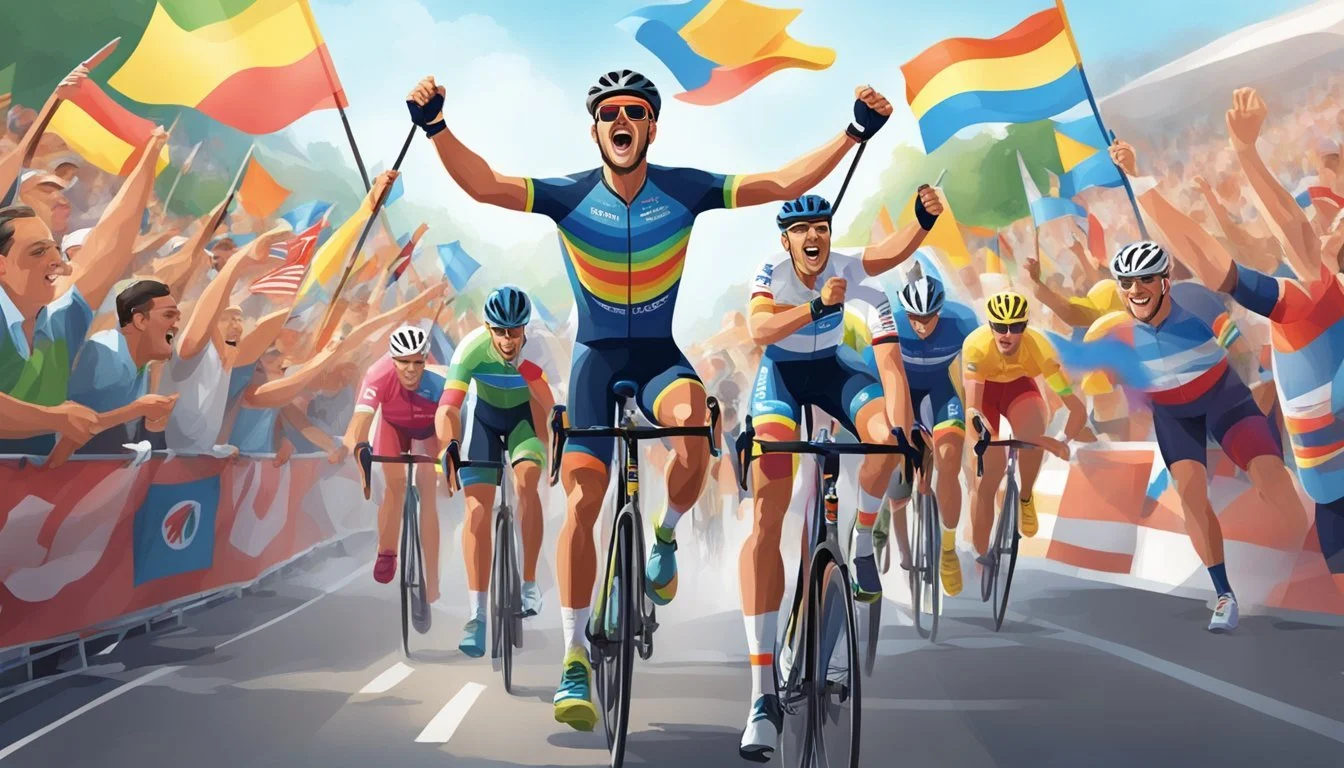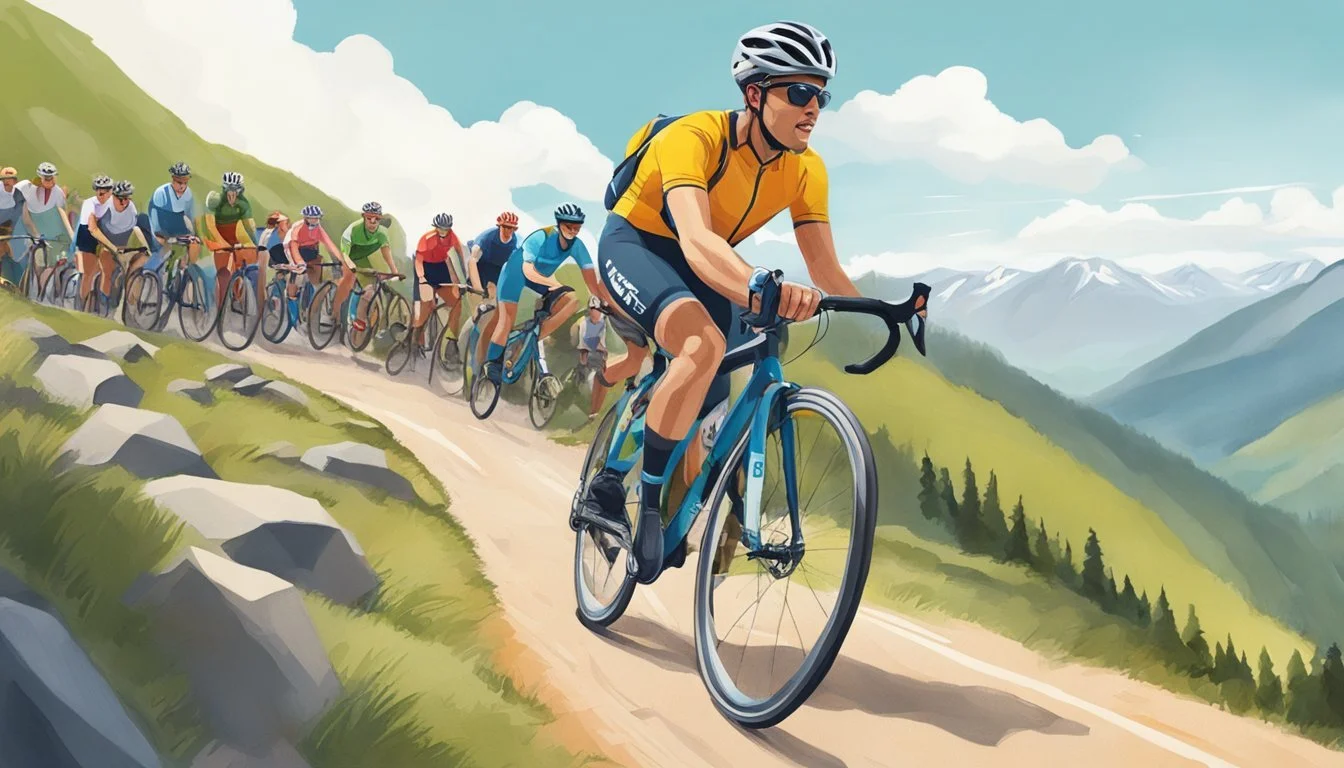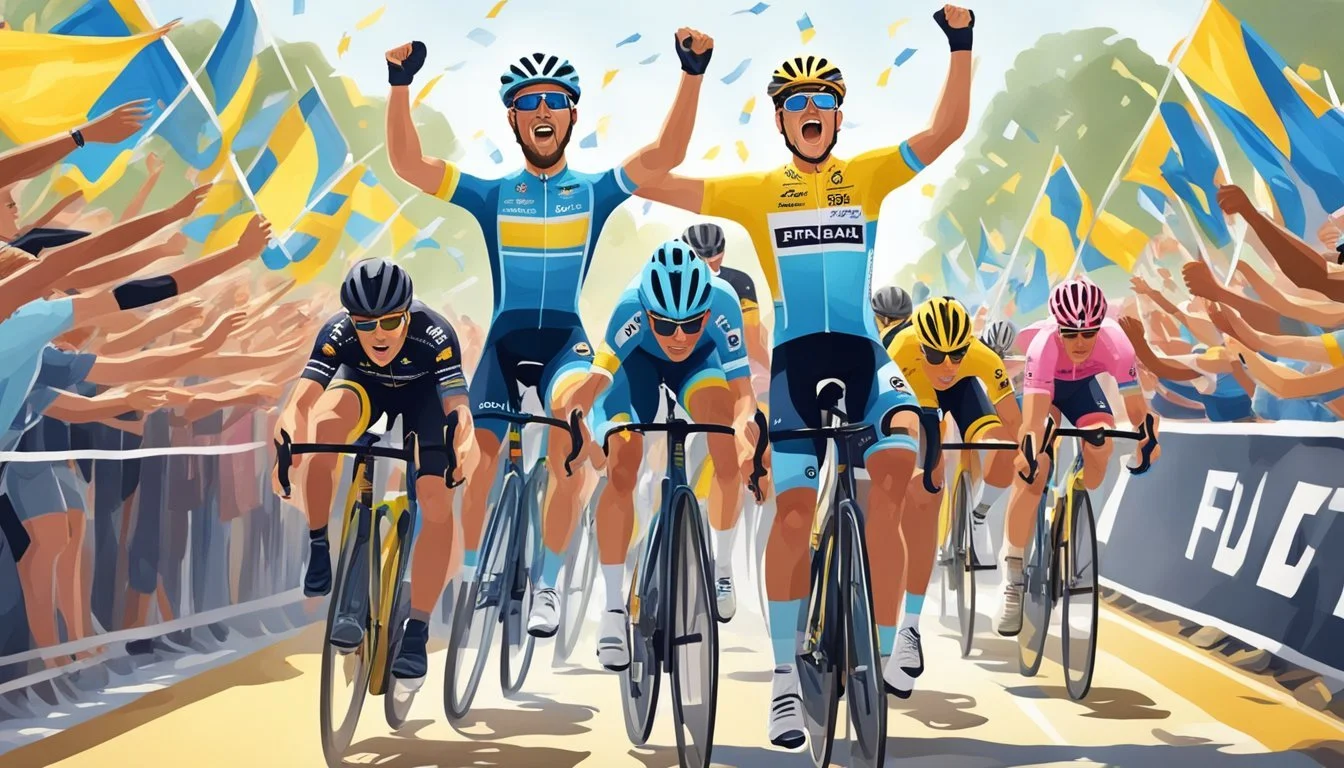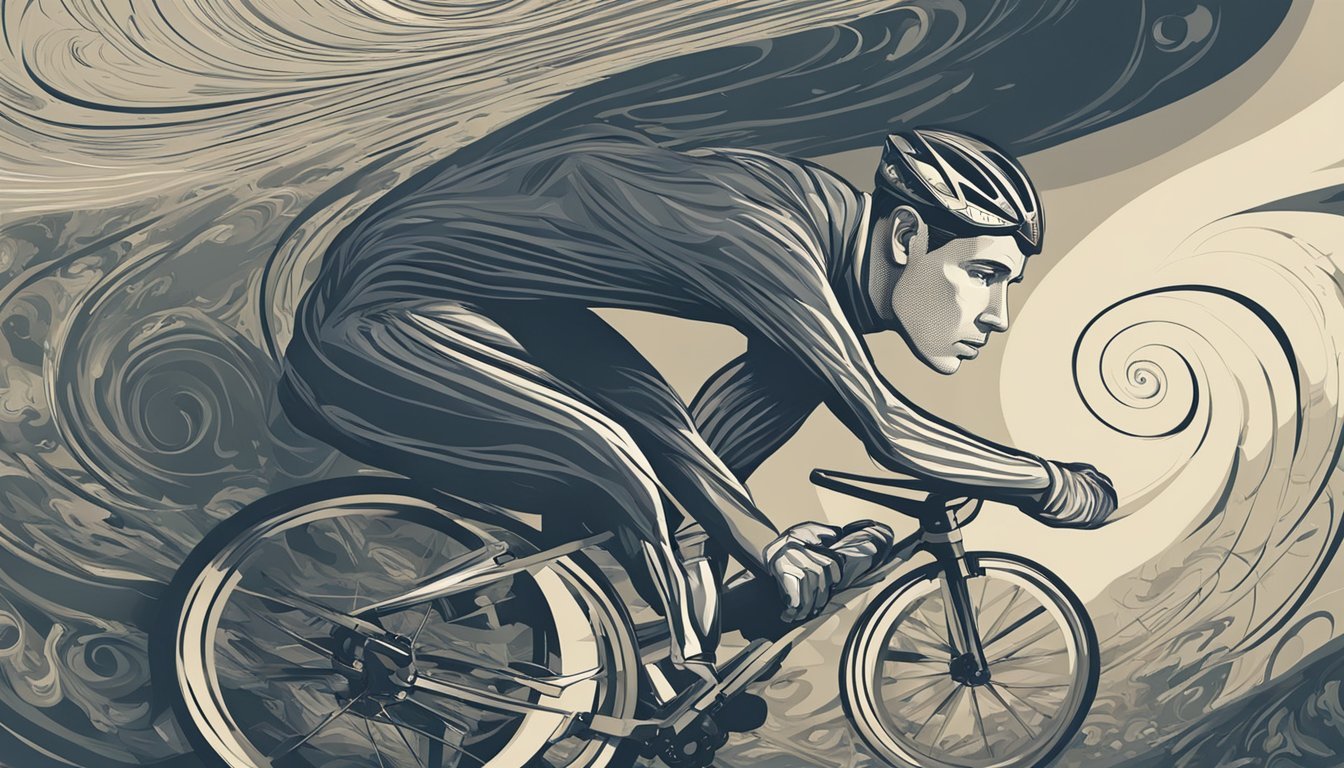Lance Armstrong Age and Career Milestones
Cycling Legend's Age in 2024
Lance Armstrong, the former professional cyclist, was born on September 18, 1971, in Plano, Texas. As of November 2024, Lance Armstrong is 53 years old. His age has been a topic of interest throughout his career, particularly during his peak cycling years and subsequent controversies.
Armstrong rose to fame in his late 20s and early 30s, dominating the Tour de France from 1999 to 2005. He achieved seven consecutive victories in the prestigious race, a feat that seemed almost superhuman at the time. This remarkable success in his prime athletic years captivated audiences worldwide and solidified his status as a cycling legend.
The cyclist's age became a focal point again in 2012 when, at 41, he was stripped of his Tour de France titles due to doping allegations. This event marked a significant turning point in Armstrong's life and career, leading to public scrutiny and a reassessment of his legacy in the sport of cycling.
Early Life and Entrance into Cycling
Lance Armstrong's journey from a young athlete in Texas to a rising star in cycling began at an early age. His natural talent and dedication set him on a path to becoming one of the most recognizable figures in the sport.
Young Prodigy's Journey
Born on September 18, 1971, in Plano, Texas, Lance Armstrong showed athletic promise from a young age. He began running and swimming at 10 years old, quickly developing his endurance and competitive spirit.
At 13, Armstrong discovered his passion for cycling and triathlons. His natural abilities and fierce determination allowed him to excel in these sports rapidly.
By 16, Armstrong had already turned professional as a triathlete, showcasing his exceptional talent and drive. This early success laid the foundation for his future cycling career.
Joining the Olympic Development Team
Armstrong's cycling prowess caught the attention of the U.S. Olympic development team. In 1990, at the age of 19, he was invited to join their ranks.
This opportunity provided Armstrong with world-class training and exposure to high-level competition. He quickly proved himself as a standout athlete among his peers.
His time with the Olympic development team honed his skills and prepared him for professional cycling. Armstrong's performances during this period marked him as a rising star in the American cycling scene.
By 1991, at just 20 years old, Armstrong had become the U.S. amateur national champion. This achievement solidified his status as one of the most promising young cyclists in the country.
Rise of a Champion
Lance Armstrong's early career was marked by rapid ascension through the ranks of professional cycling. His natural talent and fierce determination propelled him to notable achievements in his youth.
U.S. National Amateur Champion
At age 20, Armstrong claimed the U.S. amateur national championship in 1991. This victory showcased his exceptional abilities and set the stage for his future success. Armstrong's performance caught the attention of cycling teams and fans alike.
His win demonstrated remarkable skill and endurance for such a young rider. The national title served as a springboard, opening doors to professional opportunities and international recognition.
Joining Motorola Cycling Team
In 1992, Armstrong turned professional, signing with the Motorola Cycling Team. This move marked his entry into the upper echelons of competitive cycling. The team provided crucial support and resources for Armstrong's development.
With Motorola, he gained exposure to top-level European races. Armstrong quickly adapted to the demands of professional racing, impressing teammates and rivals with his work ethic and raw talent.
Winning World Road Race Championship
Armstrong's breakthrough on the world stage came in 1993 when he won the World Road Race Championship in Oslo, Norway. At just 21, he became the youngest road race world champion in cycling history.
This victory solidified Armstrong's status as a rising star in professional cycling. It demonstrated his ability to compete and excel against the world's best riders. The rainbow jersey he earned as world champion became a symbol of his early promise and potential.
Cancer Diagnosis and Battle
Lance Armstrong faced a life-changing diagnosis in 1996 at the age of 25. His battle with advanced testicular cancer tested his strength and resilience both on and off the bike.
Testicular Cancer Onset
Armstrong discovered a lump on his testicle and experienced pain in October 1996. He initially ignored the symptoms, but they worsened rapidly. After seeking medical attention, doctors diagnosed him with stage 3 testicular cancer.
The cancer had already spread to his lungs, abdomen, and brain. Armstrong's specific type was nonseminoma, an aggressive form with a poor prognosis when spread beyond the lymph nodes.
His chances of survival were estimated at less than 50%.
Undergoing Chemotherapy and Surgery
Armstrong began an intensive treatment regimen immediately. He underwent four cycles of chemotherapy, each lasting five days. The drugs used included bleomycin, etoposide, and cisplatin.
In addition to chemotherapy, Armstrong had two surgeries:
Orchiectomy to remove the cancerous testicle
Brain surgery to eliminate two lesions
The treatments were grueling, causing severe side effects such as nausea, weakness, and hair loss. Despite the challenges, Armstrong remained determined to overcome his illness.
Cancer-free Announcement
In February 1997, just four months after his initial diagnosis, Armstrong received the news he had been hoping for. His doctors declared him cancer-free.
The rapid recovery surprised many in the medical community. Armstrong's youth, physical fitness, and access to top-quality care likely contributed to his positive outcome.
While officially in remission, Armstrong understood that cancer cells could still be present but undetectable. He continued regular check-ups to monitor his health closely.
Armstrong's experience with cancer became a defining part of his life story. It inspired him to create the Livestrong Foundation, supporting cancer research and patient care.
Lance Armstrong Foundation and Cancer Awareness
Lance Armstrong established the Lance Armstrong Foundation in 1997, shortly after his own battle with testicular cancer. The organization, based in Austin, Texas, aimed to support people affected by cancer.
In 2003, the foundation launched the Livestrong brand, which became synonymous with cancer awareness and survivorship. The yellow Livestrong wristbands gained widespread popularity, raising funds and visibility for the cause.
The foundation focused on improving the lives of cancer survivors through various initiatives. These included providing support services, funding research, and advocating for policies to benefit those affected by cancer.
In 2009, the Livestrong Global Cancer Summit brought together 500 delegates from over 65 countries. This event fostered international collaboration in reducing the global burden of cancer.
The organization's impact extended beyond fundraising. It played a significant role in changing public perception of cancer survivorship and promoting early detection.
Despite later controversies surrounding Armstrong, the foundation continued its work. In 2012, it rebranded as the Livestrong Foundation, maintaining its commitment to cancer awareness and support.
Throughout its history, the foundation has aided millions of cancer survivors. It has contributed to advancements in cancer care and continues to be a prominent voice in cancer advocacy.
Tour de France Victories and Dominance
Lance Armstrong's Tour de France career spanned from 1999 to 2005, during which he won seven consecutive titles. His performances with the U.S. Postal Service Pro Cycling Team revolutionized the sport and captivated audiences worldwide.
First Triumph at the Tour de France
In 1999, Armstrong secured his first Tour de France victory. This win marked a remarkable comeback after his battle with testicular cancer. He completed the race in 91 hours, 32 minutes, and 16 seconds, beating his nearest rival by 7 minutes and 37 seconds.
Armstrong's tactical acumen and superior climbing abilities were key to his success. He dominated the mountain stages, particularly in the Alps and Pyrenees. His team's support played a crucial role, protecting him in flat stages and setting a punishing pace in the mountains.
Successive Tour de France Titles
From 2000 to 2005, Armstrong continued his reign at the Tour de France. He won six more titles, bringing his total to seven consecutive victories. This unprecedented streak showcased his consistent performance and strategic racing.
Armstrong's strengths lay in time trials and mountain stages. He often built significant time gaps in these segments, which his rivals struggled to overcome. The U.S. Postal Service Pro Cycling Team's support was instrumental, employing tactics that isolated Armstrong's competitors.
His dominance extended beyond race wins. Armstrong regularly wore the yellow jersey for extended periods during each Tour. His performances in iconic climbs like Alpe d'Huez and Mont Ventoux became legendary in cycling circles.
Allegations and Truth about Doping
Lance Armstrong faced persistent doping accusations throughout his cycling career. The allegations culminated in a major investigation that exposed widespread doping practices in professional cycling.
Public Doping Allegations
Rumors of Armstrong's performance-enhancing drug use circulated for years. Critics pointed to his remarkable comeback from cancer and dominant Tour de France performances as suspicious. Armstrong vehemently denied these claims, citing hundreds of clean drug tests.
He sued accusers and won several libel cases against publications that alleged doping. Armstrong's forceful denials and legal actions helped maintain his image as a clean athlete for over a decade.
Floyd Landis Whistleblowing
In 2010, former teammate Floyd Landis made explosive allegations against Armstrong. Landis, who had been stripped of his own Tour de France title for doping, accused Armstrong of using EPO, testosterone, and blood transfusions.
This marked a turning point in the case against Armstrong. Landis's detailed claims led to a federal investigation and encouraged other cyclists to come forward with similar accounts.
USADA Investigation
The United States Anti-Doping Agency (USADA) launched a comprehensive investigation into Armstrong's career. They gathered testimony from numerous teammates and collected blood data suggesting doping.
In 2012, USADA charged Armstrong with running a sophisticated doping program. He chose not to contest the charges, leading to a lifetime ban from cycling and the loss of his seven Tour de France titles.
Armstrong finally admitted to doping in a 2013 interview with Oprah Winfrey. He confessed to using EPO, testosterone, and blood transfusions throughout his career. This admission ended years of denials and legal battles.
Consequences and Fallout
Lance Armstrong faced severe repercussions for his involvement in doping. His actions led to a dramatic fall from grace and significant penalties in the world of professional cycling.
Lifetime Ban from Professional Cycling
The United States Anti-Doping Agency (USADA) imposed a lifetime ban on Lance Armstrong from professional cycling in 2012. This decision came after a thorough investigation revealed Armstrong's central role in a sophisticated doping program.
The ban prevented Armstrong from competing in any sport that follows the World Anti-Doping Code. This effectively ended his athletic career across multiple disciplines, including triathlons and marathons.
Armstrong's ban extended beyond competition. He was prohibited from coaching or holding any official roles within sports governed by USADA or other World Anti-Doping Agency affiliates.
Stripped of Tour de France Titles
In addition to the lifetime ban, Armstrong was stripped of all seven of his Tour de France titles, won consecutively from 1999 to 2005. The Union Cycliste Internationale (UCI) formally annulled these victories in October 2012.
This decision erased Armstrong's most significant achievements from the official record books. The Tour de France organizers chose to leave the winner's spot vacant for those years rather than award the titles to other cyclists.
Armstrong was also required to return prize money from his Tour de France wins. The total amount he was ordered to repay exceeded $5 million.
The loss of titles extended beyond the Tour de France. Armstrong was stripped of his Olympic bronze medal from the 2000 Sydney Games and all other titles, awards, and honors he received after August 1998.
Armstrong's Life Beyond Cycling
After his cycling career ended, Lance Armstrong pursued new challenges and interests. He transitioned into different athletic endeavors, continued his philanthropic efforts, and settled into life in Austin, Texas.
Pursuit of Triathlons and Ironman Competitions
Armstrong returned to his roots as a triathlete following his retirement from professional cycling. He competed in several Ironman 70.3 events, showcasing his endurance abilities across swimming, cycling, and running disciplines.
In 2012, Armstrong won the Ironman 70.3 Florida and placed second in the Ironman 70.3 Hawaii. These performances demonstrated his continued athletic prowess and competitive spirit.
However, his triathlon career was cut short when he was banned from sanctioned competitions due to doping violations in cycling.
Charitable Work and Advocacy
Armstrong's commitment to cancer advocacy remained strong post-cycling. He continued his involvement with the Livestrong Foundation, which he founded in 1997 after his own cancer diagnosis.
The organization raised over $500 million for cancer research and support programs. Armstrong stepped down from its board in 2012 but remained dedicated to the cause.
He also co-founded Athletes for Hope in 2007, a non-profit organization that encourages professional athletes to engage in charitable causes.
Life in Austin, Texas
Armstrong settled in Austin, Texas, embracing the city's culture and community. He became a local business owner, opening Juan Pelota Cafe, a coffee shop and bike shop combination.
The cafe became a popular spot for cycling enthusiasts and locals alike. Armstrong often interacted with customers, sharing his passion for coffee and cycling.
He also invested in real estate and other local businesses, further integrating himself into the Austin community. Armstrong's presence in the city contributed to its reputation as a cycling-friendly destination.
Cultural Impact and Media
Lance Armstrong's rise and fall profoundly shaped public perception of cycling and athletes. His story captivated audiences and journalists alike, spurring widespread media coverage and artistic portrayals.
Depiction in Films and Documentaries
Several documentaries explore Armstrong's complex legacy, chronicling his journey from celebrated cyclist to disgraced athlete. These films offer viewers an intimate look at his triumphs and downfall. One notable documentary, produced by ESPN, features Armstrong giving candid interviews and reflecting on his career. The film includes scenes of Armstrong's personal life, such as his interaction with his son's football team at Rice University.
Biopics have also tackled Armstrong's story, dramatizing key moments in his cycling career and subsequent controversy. These films often focus on the duality of Armstrong's public image - from inspirational cancer survivor to admitted doper.
Interactions with Journalists and Media
Armstrong's relationship with the media was complex and evolving. At his peak, he charmed, manipulated, and sometimes strong-armed journalists. Many non-sports media outlets provided adulatory coverage, helping Armstrong transcend the world of cycling.
His influence extended to retail, with the "Lance Armstrong effect" boosting cycling and charity bike events. Armstrong's media savvy played a crucial role in building his brand and defending against doping allegations for years.
After his admission of doping, Armstrong's interactions with the press became more contentious. Journalists who had previously praised him now faced the task of critically examining his legacy and the sport of cycling.

